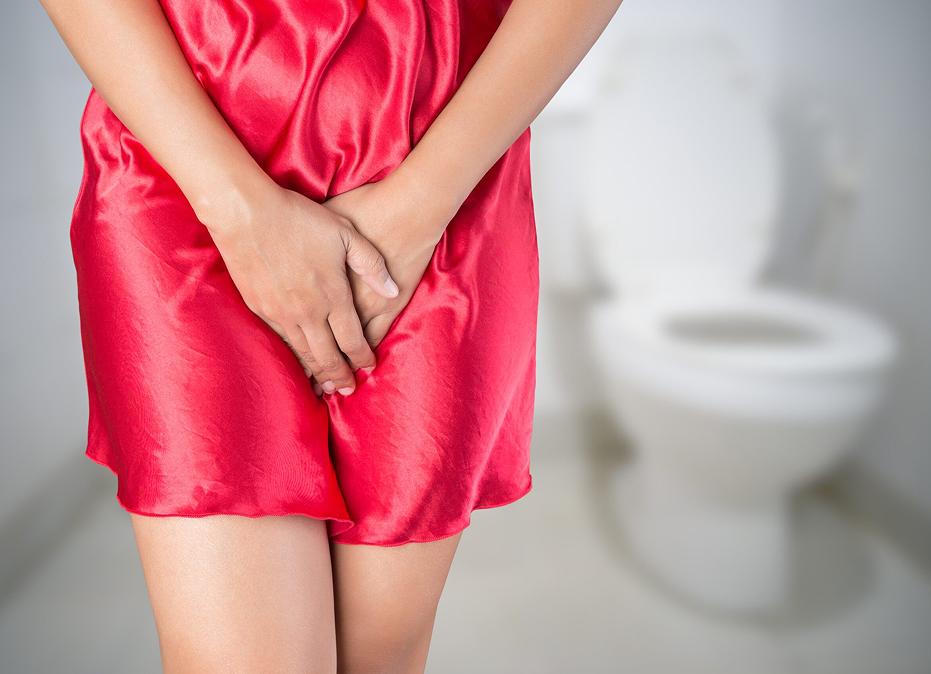As Seen In
Driving growth through partnerships
How The CareMD Works For You?
The CareMD is a telehealth platform that allows patients to consult with competent doctors from the convenience of their homes. The CareMD makes it easier to receive or refill prescription medications for common conditions like pink eye, STDs, ear infections, allergies, and many more.
No Appointment Necessary
If you need a prescription, there’s no need to wait. Just follow these simple steps to get treated today.
What is Bacterial Vaginosis?
Bacterial vaginosis (BV) is a condition that happens when there is too much of certain bacteria in the vagina. This changes the normal balance of bacteria in the vagina.


Transmission
Researchers do not know the cause of BV or how some women get it. We do know that the condition typically occurs in sexually active women. BV is linked to an imbalance of “good” and “harmful” bacteria that are normally found in a woman’s vagina. Having a new sex partner or multiple sex partners, as well as douching, can upset the balance of bacteria in the vagina. This places a woman at increased risk for getting BV.
We also do not know how sex contributes to BV. There is no research to show that treating a sex partner affects whether or not a woman gets BV. Having BV can increase your chances of getting other STDs.
BV rarely affects women who have never had sex.
You cannot get BV from toilet seats, bedding, or swimming pools.
Prevention
Doctors and scientists do not completely understand how BV spreads. There are no known best ways to prevent it.
The following basic prevention steps may help lower your risk of developing BV:
- Not having sex;
- Limiting your number of sex partners;
- Not douching; and
- Using latex condoms the right way every time you have sex.


Symptoms in Women Include
- A thin white or gray vaginal discharge
- Pain, itching, or burning in the vagina
- A strong fish-like odor, especially after sex
- Burning when urinating
- Itching around the outside of the vagina

Treatment
Treatment for Bacterial Vaginosis has become so versatile. You decide in conjunction with the online virtual doctor what works best for you: a cream or pill
The recommended treatment for Bacterial Vaginosis Infection is antibiotics. The doctor will provide alternate regimens for those with allergy, intolerance, or adverse reactions to recommended treatment
Ready To Start Treatment
Begin consultation to chat with an online doctor.




























